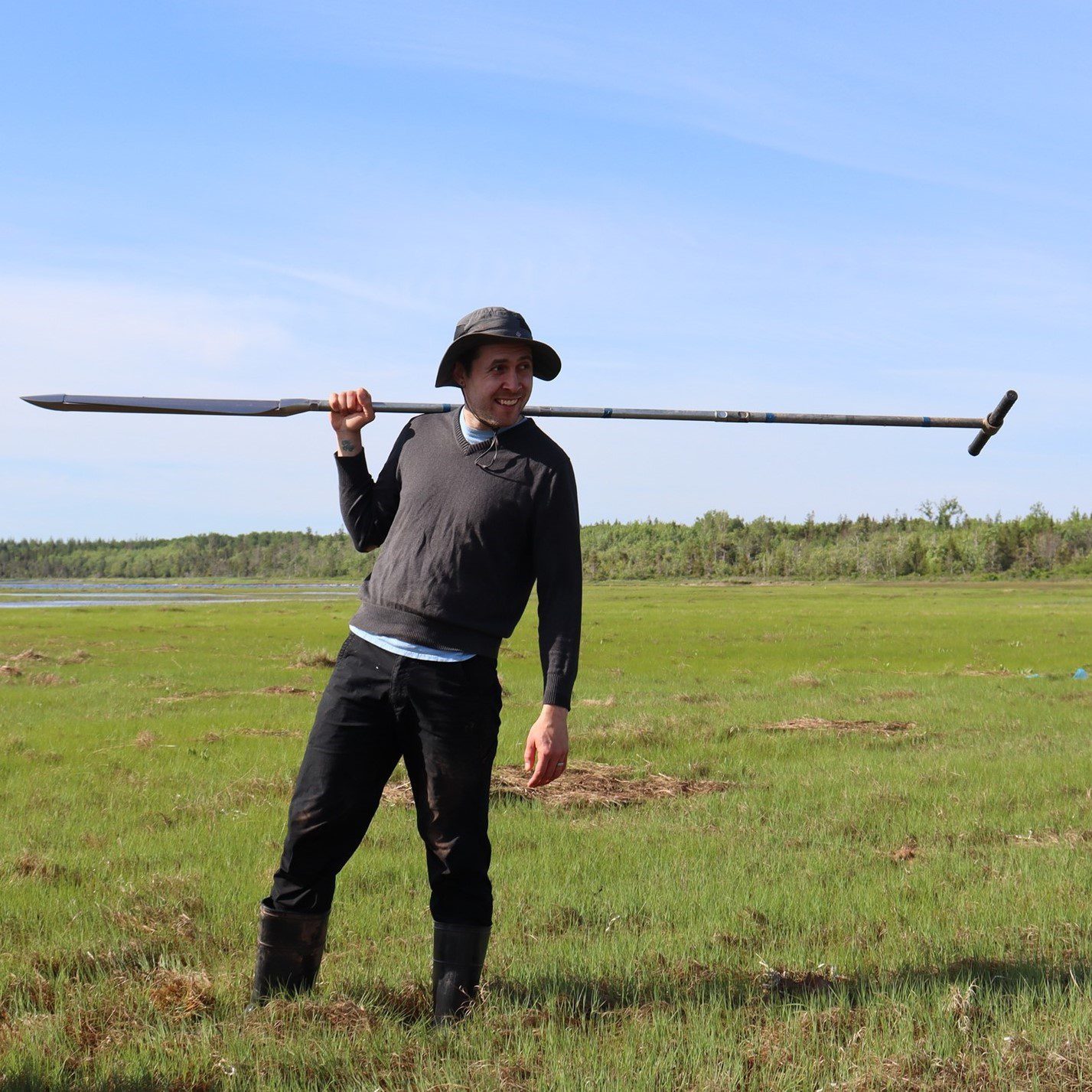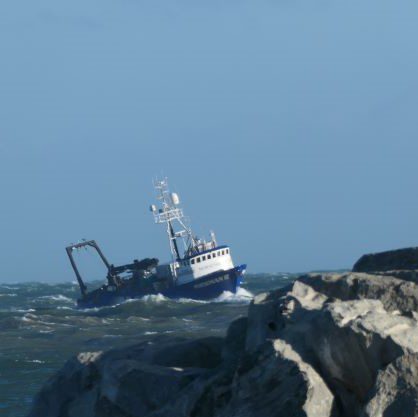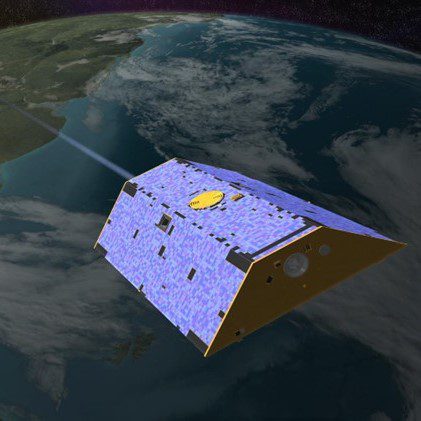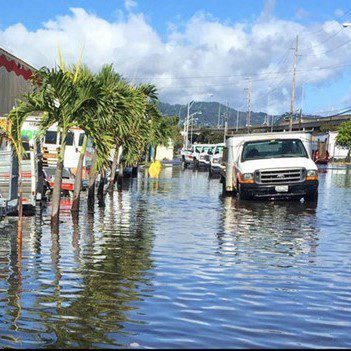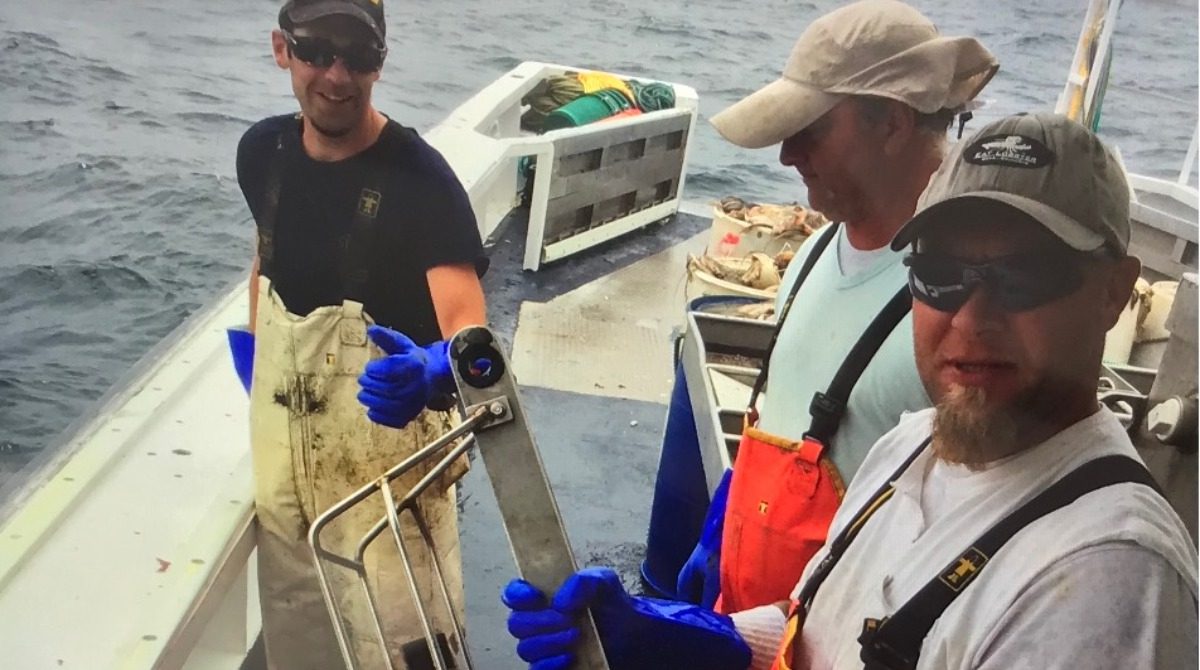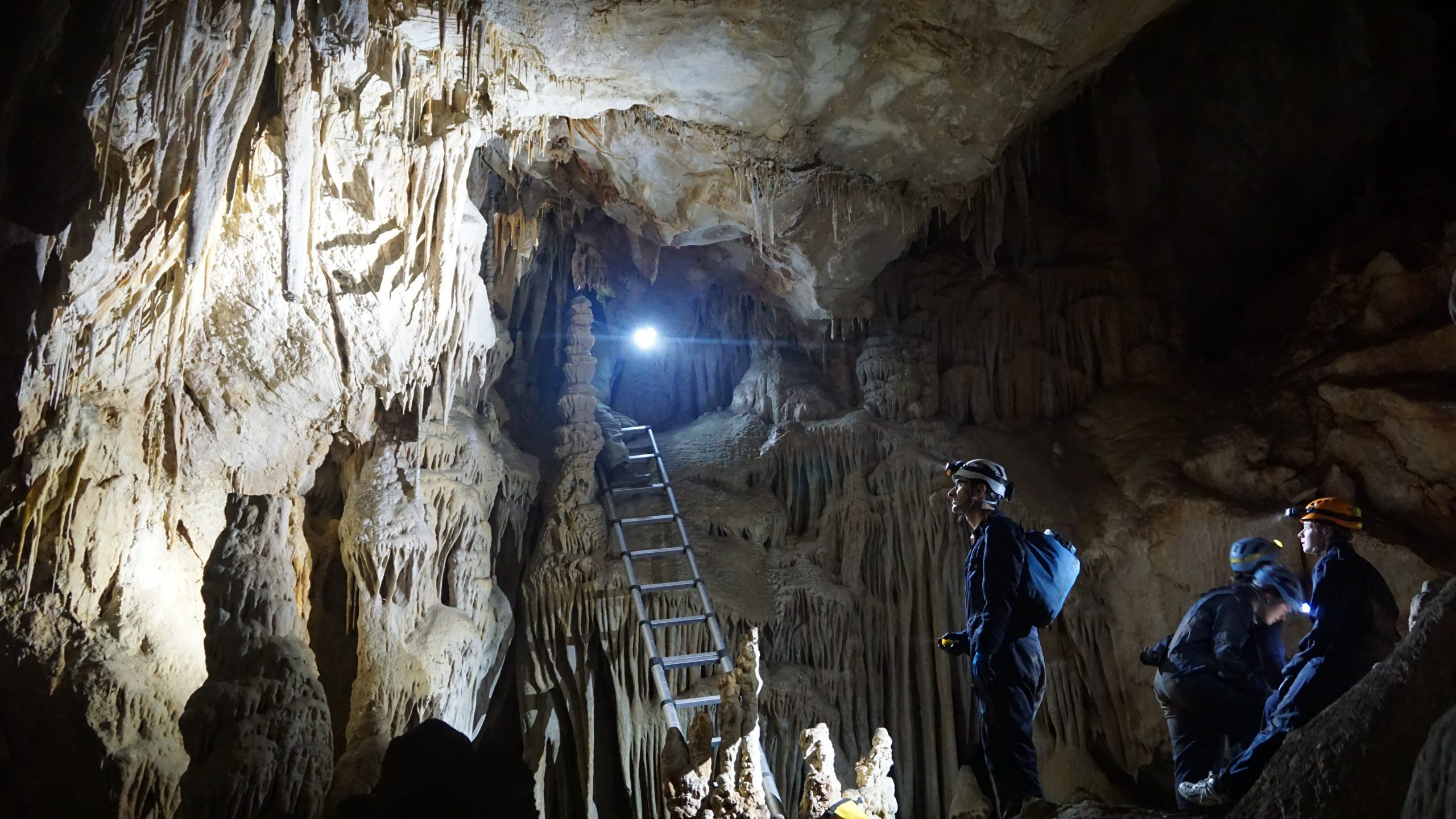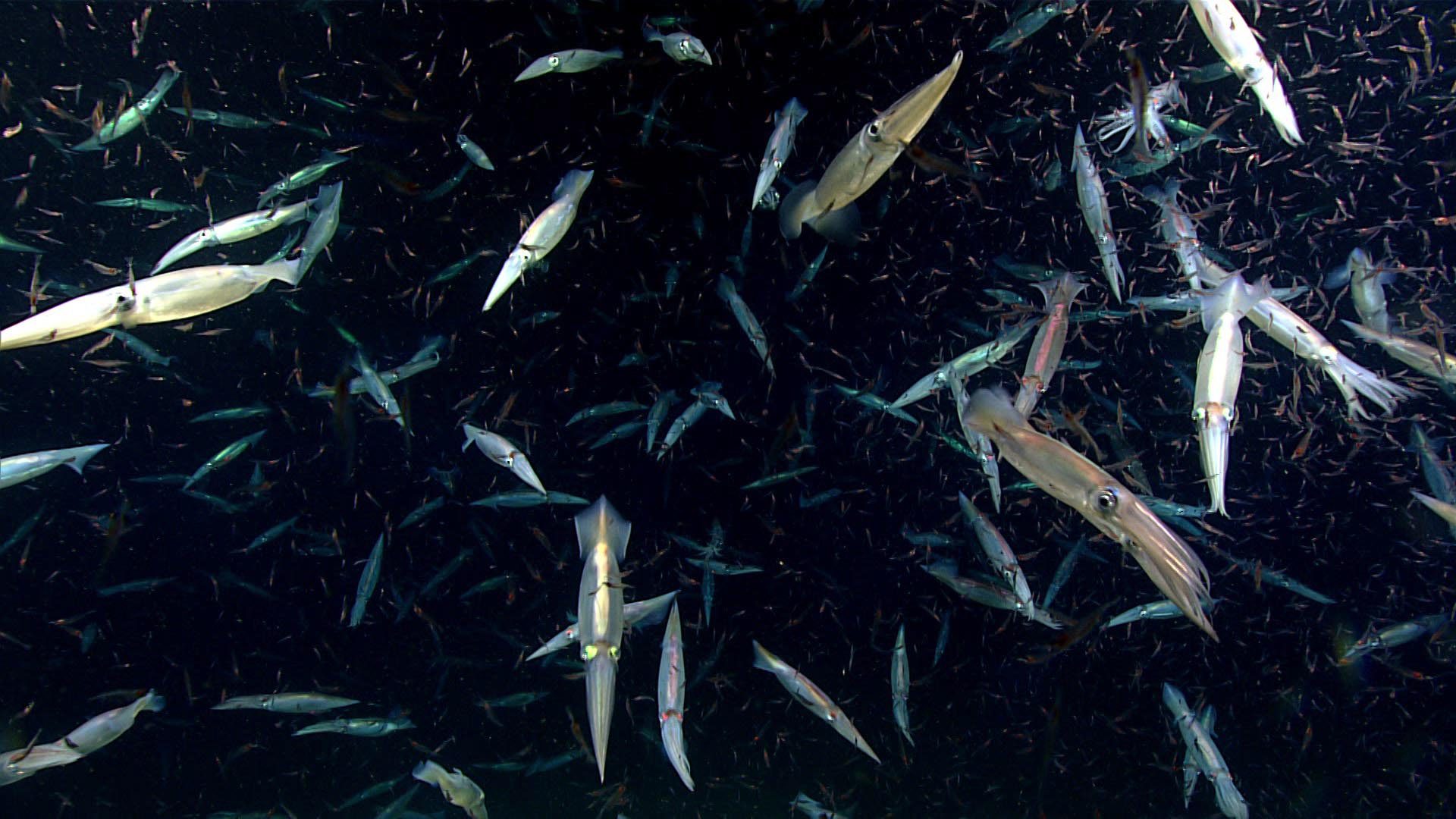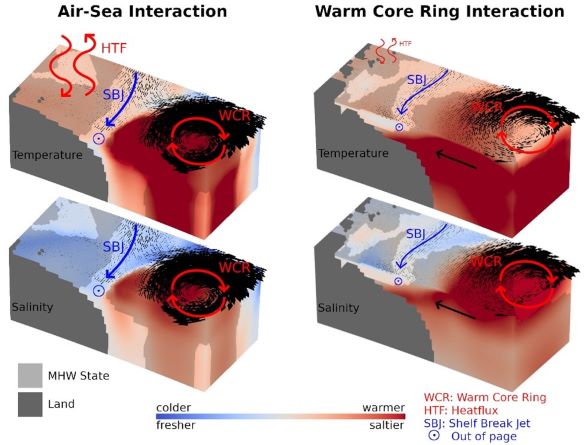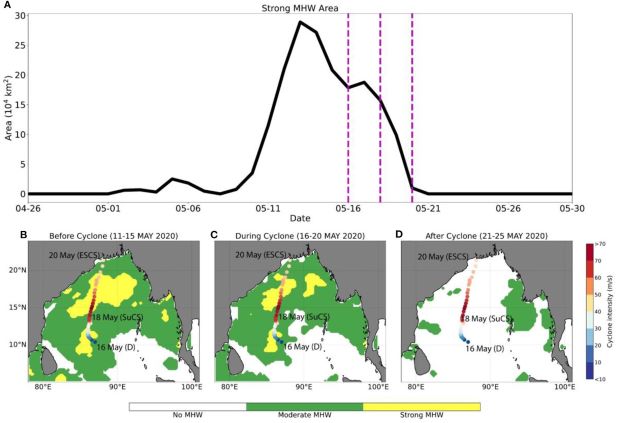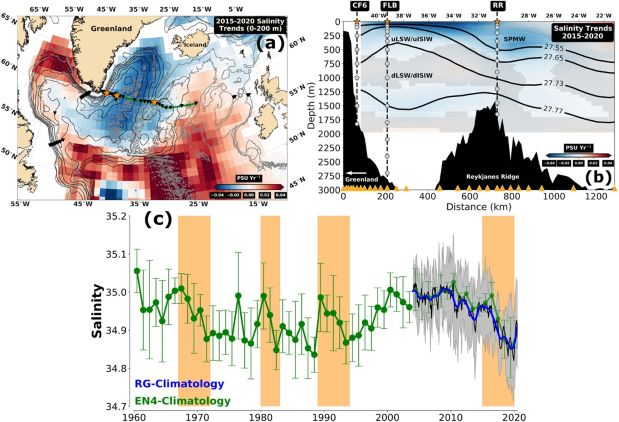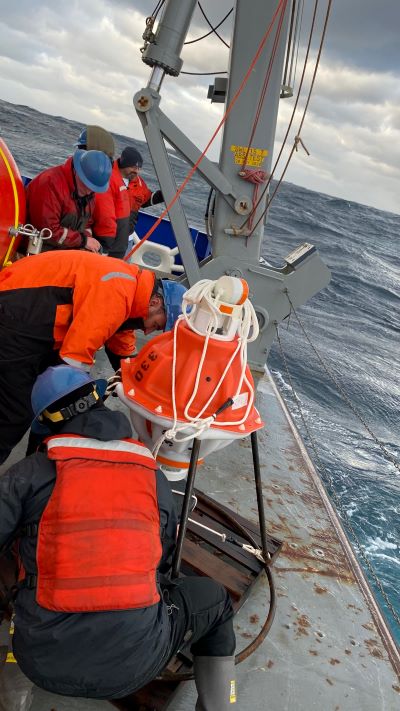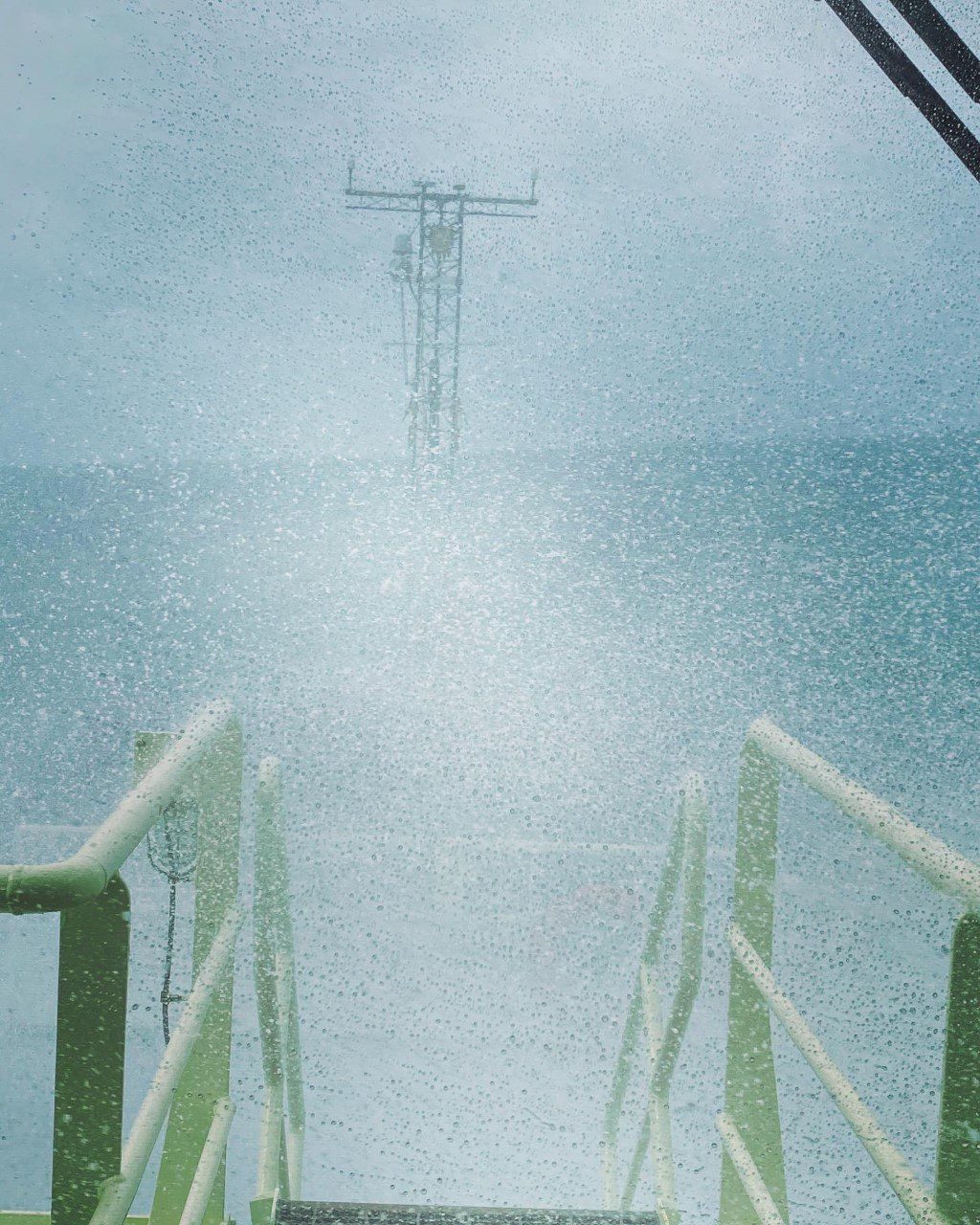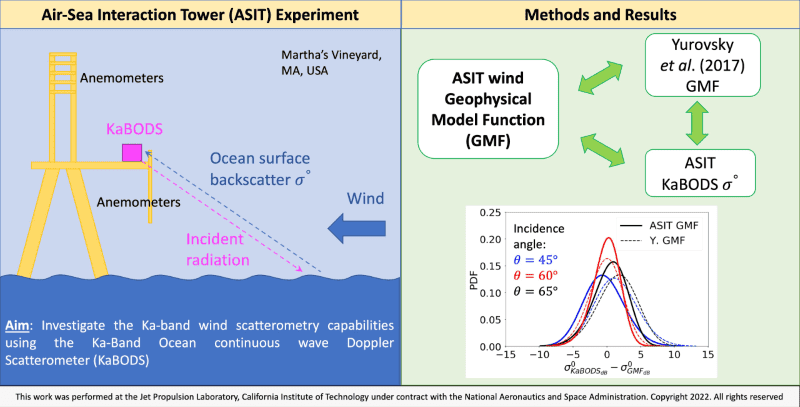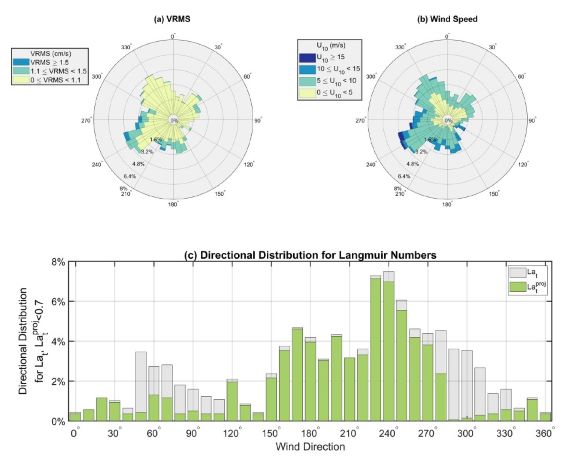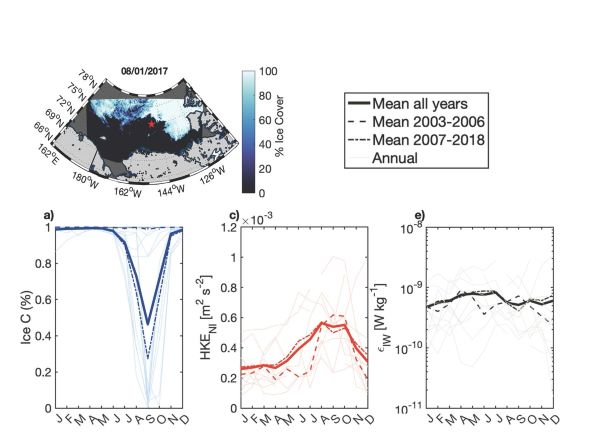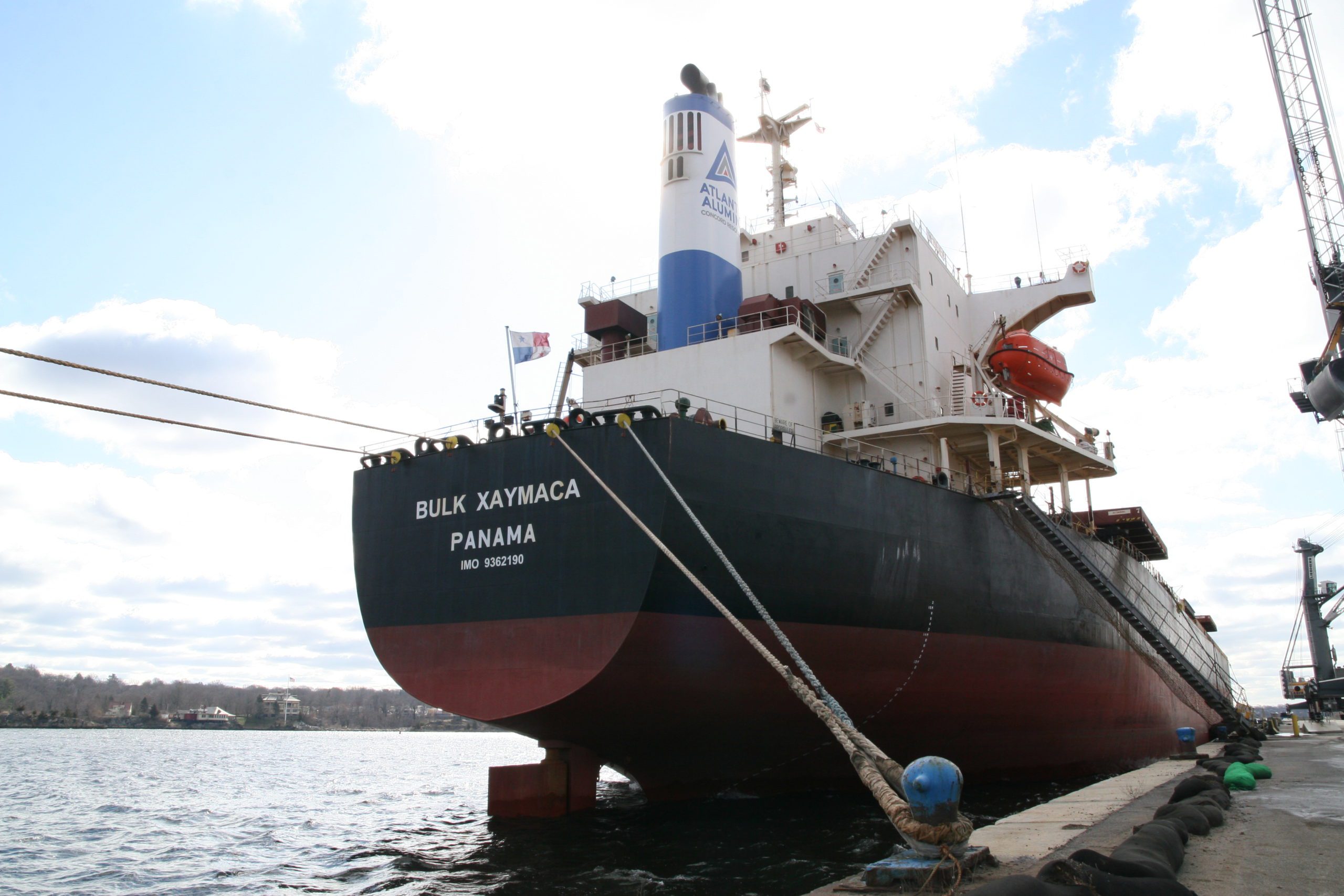Physical Oceanography
The importance of non-tidal water-level variability for reconstructing Holocene relative sea level
Kemp, A. C., T. A. Shaw, and C. G. Piecuch, 2022. The importance of non-tidal water-level variability for reconstructing Holocene relative sea level, Quaternary Science Reviews, 290, 107637, https://doi.org/10.1016/j.quascirev.2022.107637 Salt-marsh…
Read MoreHABS Cruise on the R/V Norseman II
Senior Scientist Bob Pickart, Research Associate Marshall Swartz, and 14 others from WHOI…
Read MoreLow-frequency dynamic ocean response to barometric-pressure loading
Piecuch, C. G., I. Fukumori, R. M. Ponte, M. Schindelleger, O. Wang, and M. Zhao, 2022. Low-Frequency Dynamic Ocean Response to Barometric-Pressure Loading, Journal of Physical Oceanography, 52, https://doi.org/10.1175/JPO-D-22-0090.1 Changes…
Read MoreContributions of different sea-level processes to high-tide flooding along the U.S. coastline
Li, S., T. Wahl, A. Barroso, S. Coats, S. Dangendorf, C. Piecuch, Q. Sun, P. Thompson, and L. Liu, 2022. Contributions of Different Sea-Level Processes to High-Tide Flooding Along the…
Read MoreSpotlight on Assistant Scientist, Alex Gonzalez
Alex Gonzalez is an Assistant Scientist in the Physical Oceanography Department at WHOI.
Read MorePostdoctoral Scholar Alice Ren
Alice Ren, Postdoctoral Scholar, joins WHOI’s PO Department.
Read MoreMid-depth waters off the United States East Coast are getting saltier
A new study led by Woods Hole Oceanographic Institution (WHOI) shows a significant increase in frequency of warm saltwater intrusions from the deep ocean to the continental shelf along the Middle Atlantic Bight, which extends from the Gulf of Maine to Cape Hatteras, North Carolina.
Read MoreScientists link the changing Azores High and the drying Iberian region to anthropogenic climate change
Projected changes in wintertime precipitation make agriculture in the Iberian region some of the most vulnerable in Europe, according to a new WHOI co-led study that links the changes to increased anthropogenic greenhouse gases.
Read MoreSquid Games
Shortfin squid are becoming more available to New England fishermen, but why?
Read MoreMarine heatwaves and their depth structures on the Northeast U.S. continental shelf
Großelindemann, H., Ryan, S., Ummenhofer, C., Martin, T., & Biastoch, A., 2022. Marine heatwaves and their depth structures on the Northeast U.S. continent. Frontiers in Climate, 4, 857937. https://doi.org/10.3389/fclim.2022.857937 Marine Heatwaves (MHWs) are…
Read MoreWater mass transformation in the Iceland Sea: Contrasting two winters separated by four decades
Våge, K., Semper, S., Valdimarsson, H., Jónsson, S., Pickart, R., & Moore, G., 2022. Water mass transformation in the Iceland Sea: Contrasting two winters separated by four decades. Deep Sea…
Read MoreCreating synergy through art and science
A collaboration between the Art League of Rhode Island and WHOI scientists transforms abstract concepts into engaging perspectives on our ocean world.
Read MoreInteractions between a marine heatwave and tropical cyclone Amphan in the Bay of Bengal in 2020
Rathore, S., Goyal, R., Jangir, B., Ummenhofer, C., Feng, M., & Mishra, M. (2022). Interactions between a marine heatwave and tropical cyclone Amphan in the Bay of Bengal in 2020.…
Read MoreLocal and remote forcing of interannual sea-level variability at Nantucket Island
Wang, O., T. Lee, C. G. Piecuch, I. Fukumori, I. Fenty, T. Frederikse, D. Menemenlis, R. M. Ponte, and H. Zhang, 2022. Local and Remote Forcing of Interannual Sea-Level Variability…
Read MoreArrival of new Great Salinity Anomaly weakens convection in the Irminger Sea
Biló, T., Straneo, F., Holte, J., & Le Bras, I., 2022. Arrival of new Great Salinity Anomaly weakens convection in the Irminger Sea. Geophysical Research Letters, 49(11). https://doi.org/10.1029/2022gl098857 Salinity trends…
Read MoreOcean Reference Stations: Long-term, open ocean observations of surface meteorology and air-sea fluxes are essential benchmarks
Weller, R., Lukas, R., Potemra, J., Plueddemann, A., Fairall, C., & Bigorre, S., 2022. Ocean Reference Stations: Long-term, open ocean observations of surface meteorology and air-sea fluxes are essential benchmarks.…
Read MorePO’s 2022 Summer Student Fellows
NESMA TFO project, North Atlantic
March in the stormy North Atlantic observed from the bridge of the R/V Neil Armstrong during AR65
March in the stormy North Atlantic observed from the bridge of the R/V Neil Armstrong during AR65…
Read MoreTwo distinct modes of climate responses to the anthropogenic aerosol forcing changes
Shi, J.-R., Kwon, Y.-O., & Wijffels, S. E., 2022. Two Distinct Modes of Climate Responses to the Anthropogenic Aerosol Forcing Changes. Journal of Climate, 1–27. https://doi.org/10.1175/jcli-d-21-0656.1 Anthropogenic aerosols (AAs) have a…
Read MoreA Ka-band wind geophysical model function using doppler scatterometer measurements from the air-sea interaction tower experiment
Polverari, F., Wineteer, A., Rodríguez, E., Perkovic-Martin, D., Siqueira, P., Farrar, J., Adam, M., Closa Tarrés, M., & Edson, J., 2022. A Ka-band wind geophysical model function using doppler scatterometer…
Read MoreWind fetch and direction effects on Langmuir turbulence in a coastal ocean
Wang, X., Kukulka, T., Plueddemann, A., 2022. Wind fetch and direction effects on Langmuir turbulence in a coastal ocean. Journal of Geophysical Research: Oceans, 127, e2021JC018222. https://doi.org/10.1029/2021jc018222 The strength of…
Read MoreDecadal observations of internal wave energy, shear, and mixing in the western Arctic Ocean
Fine, E., Cole, S., 2022. Decadal observations of internal wave energy, shear, and mixing in the western Arctic Ocean. Journal of Geophysical Research Oceans, 127. https://doi.org/10.1029/2021jc018056 Changes in the Arctic…
Read MoreWHOI & Pangaea Logistics Solutions to advance ocean science data acquisition through Science RoCS program
WHOI and Pangaea Logistics Solutions (Pangaea), a U.S. based, international maritime and logistics transportation company, today announced the launch of a new science program aboard Pangaea’s fleet of ships. Science RoCS (Science Research on Commercial Ships) is an innovative program pairing scientists with commercial vessels to regularly monitor the vast and open ocean, particularly along repeat routes in hard-to-reach areas where critical gaps in monitoring exist.
Read More
